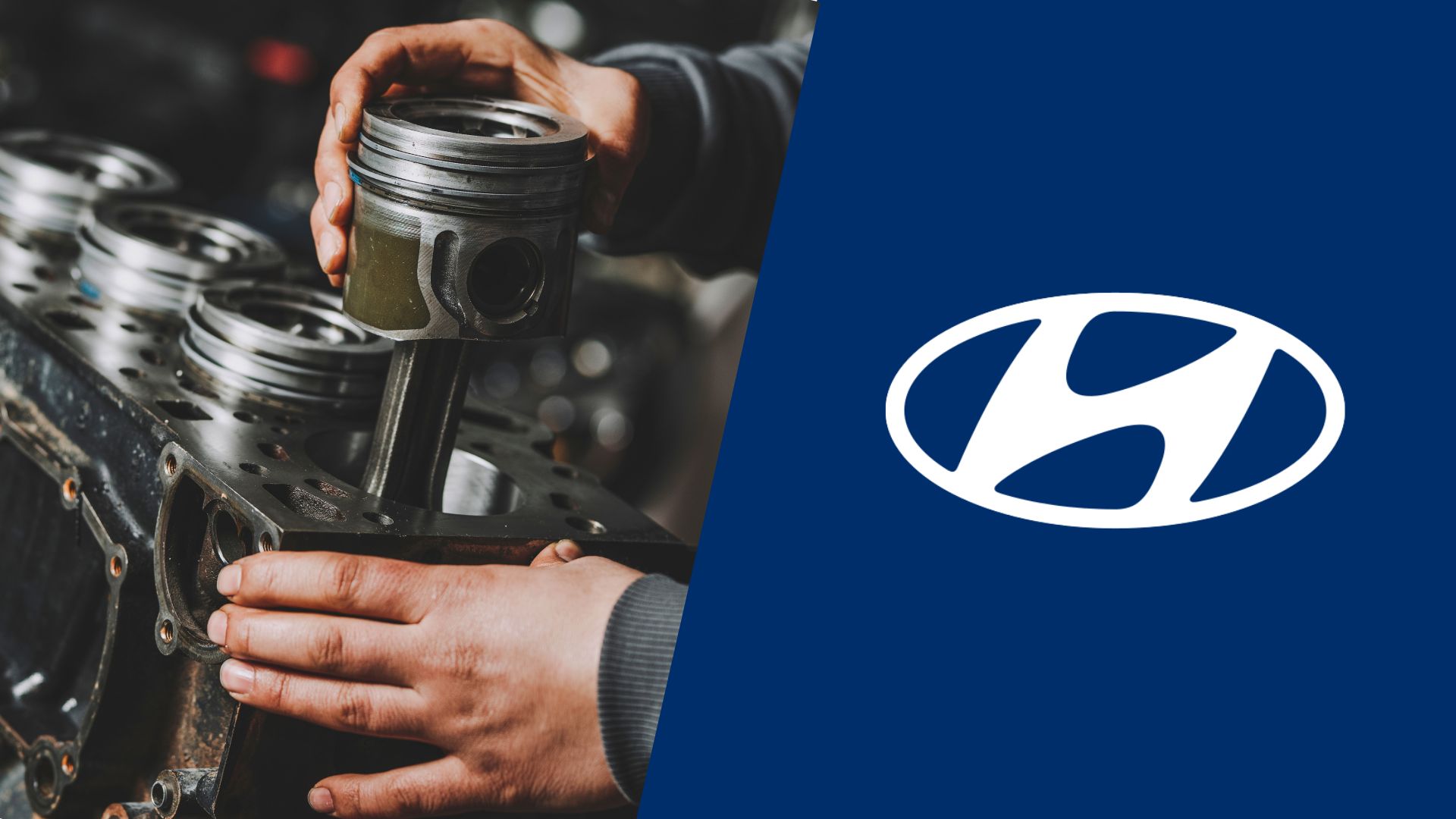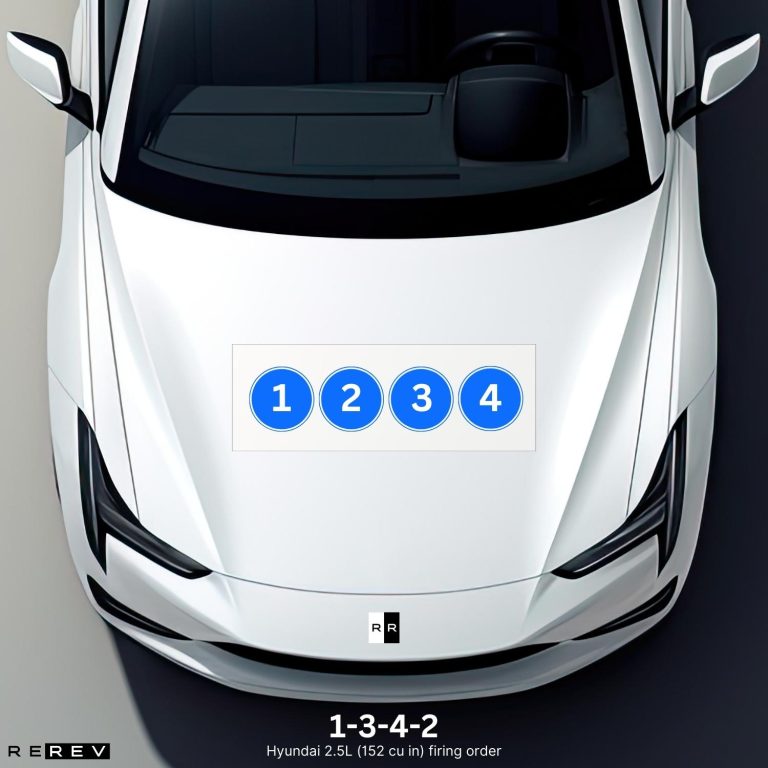Hyundai 2.5L (152 cu in) firing order — diagram & guide
Understanding the Hyundai 2.5L firing order for a smoother ride.

In a turbocharged and hybrid era of cars, it’s nice to see brands like Hyundai holding up to the concept of naturally aspirated large displacement engines even if it’s “just” a four-cylinder. So, their newest 2.5-liter I4 engine sort of makes a tribute to the previous generations of similar engines made by the brand.
We know it’s said to push some decent mileage, but the truth is – it needs proper maintenance from your side for that. So, we’ve dedicated our guide on the Hyundai 2.5L (152 cu in) firing order to all those of you who enjoy doing some enthusiast DIY antics on the engine, and this guide will give you all the instructions you may need.
Hyundai 2.5L firing order
For all of you wondering, the Hyundai 2.5L firing order is 1-3-4-2 which is the same firing order that previous generations of Hyundai four-cylinder engines had. So, there’s not that big deal of a change there, but there are some common issues of this engine that are specific to it.
For instance, you have to check the spark plugs frequently and there have been known cases of the engine wasting more oil than it should. Don’t worry, though – the firing order can be used to prevent and fix all of these and you’ll be able to replace the plugs and coils on time if you know how to apply it.
Hyundai 2.5L cylinder diagram

The 2.5-liter I4 engine is a straight-four powertrain which means the cylinders spread from left to right. The first cylinder is the one on the left side of the engine bay and the one on the opposite side is the final fourth cylinder.
This makes it super easy to check the cylinders and use the firing order when looking for signs of oil leaks or misfires. The best way to start is with the first cylinder and then make your way through to the fourth one by moving left to right with the firing order in mind.
Hyundai 2.5L vehicle applications
So, now that we’ve gone through all the details on the 2.5-liter engine’s firing order and cylinder arrangement, we’ve come to the conclusion that you may also need a list of all the models with it. This way you can prevent any surprises and ensure that your car has the mentioned firing order, so here it goes:
- Hyundai Sonata
- Hyundai Santa Fe
- Hyundai Custo
- Hyundai Grandeur
- Hyundai Santa Cruz
- Hyundai Tucson
The same engine has also been used in the KIA Sorento, KIA K8, and the KIA Carnival, so these models also feature the same firing order.
Our take
Finally, we have to say that the 2.5-liter Hyundai engine is pretty reliable for a naturally aspirated I4, and with proper maintenance, it easily lasts over 200,000 miles. So, we hope to have helped with this guide on the 2.5L firing order and cylinder layout so that you can have the first steps of checking the engine DIY way.